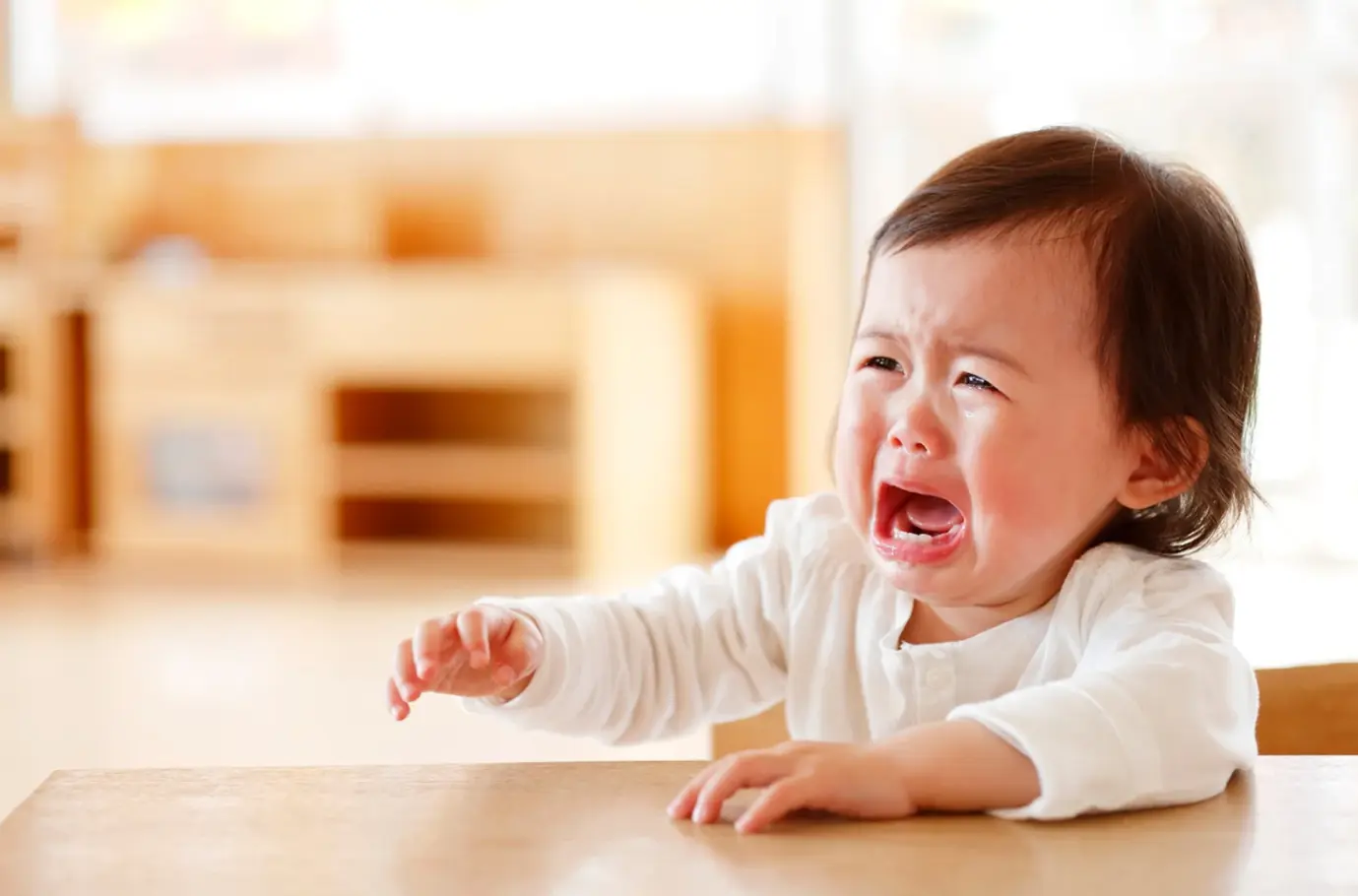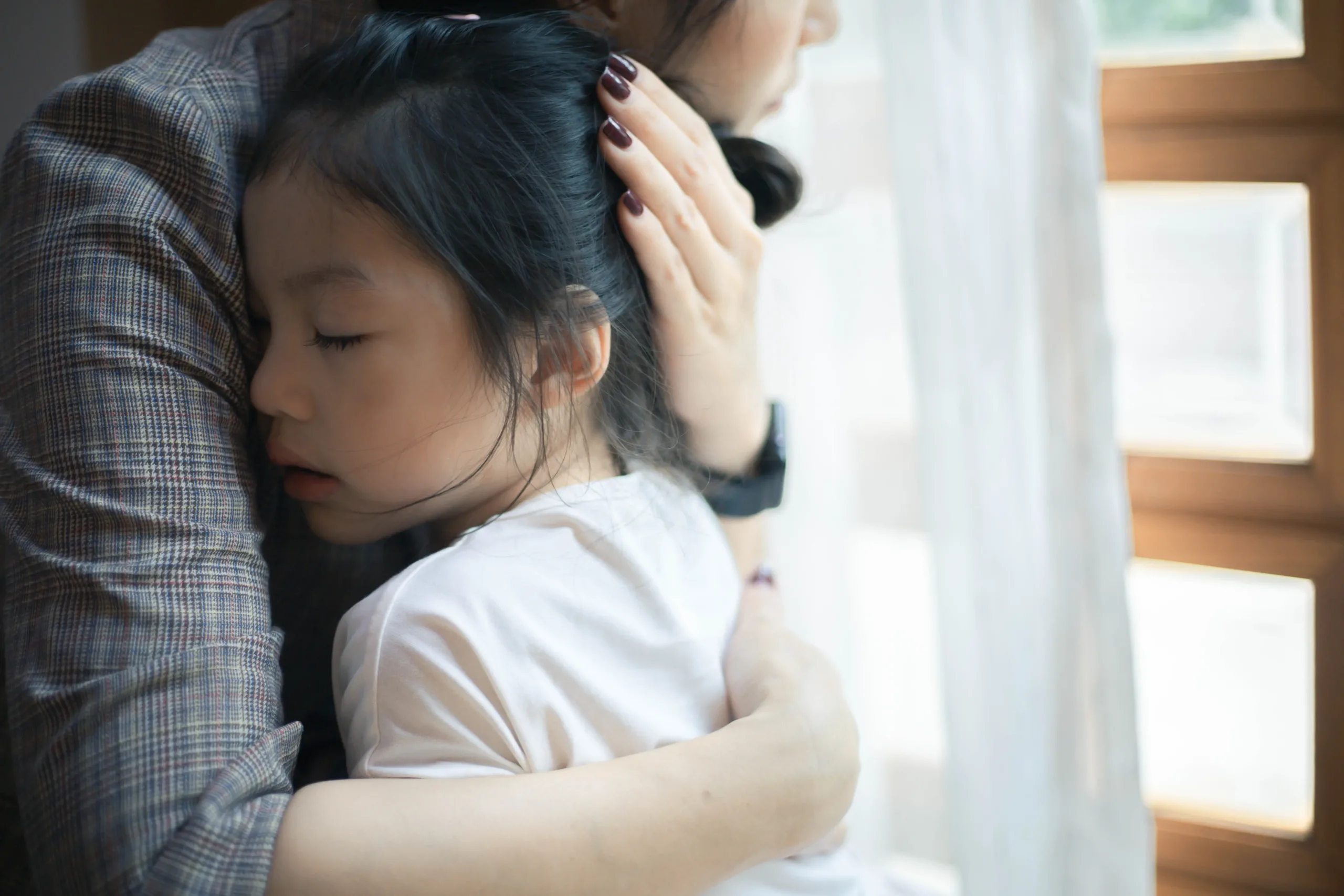Picture this: Your 4-year-old has spent ten focused minutes building a tall block tower. Just as the final piece is placed—crash!—it all tumbles down. In an instant, tears, screams, and flying blocks fill the room. A one-off meltdown might not raise concern, but when similar moments occur several times a day, it can leave even the most patient parent feeling drained, especially after a long day.

What looks like a tantrum is often a child’s cry for connection. In early childhood, big feelings can overwhelm little bodies — and without the words or tools to cope, distress spills out as meltdowns.
Understanding Tantrums: Emotional Overload in Action
Tantrums are not a sign of defiance or poor behaviour. They are a child’s way of saying, “I’m overwhelmed, and I don’t know what to do with these big feelings.”
In these moments, a child’s brain is flooded with frustration, disappointment, and emotional overload. Due to the brain’s developmental stage, the lack of the language and self-regulation tools to cope, their distress spills out as a meltdown.
This is developmentally normal. Research shows that early childhood tantrums are a typical part of social-emotional growth, not a disciplinary problem (Potegal & Davidson, 2003). What appears to be “bad behaviour” is often a bid for support and safety.
Co-Regulation — Staying Calm So They Can Too
While your instinct may be wanting to quickly calm down your child’s emotions by saying “Stop crying!” or “It’s not a big deal!”, what your child needs is co-regulation: offering emotional stability and connection when your child’s nervous system is in distress. Making sure you are staying emotionally steady so your child can borrow your calm when they have lost theirs. It is the foundation of a child’s ability to eventually self-regulate. Importantly, co-regulation is not about dismissing your child’s emotions. It is about showing them that all feelings are safe to experience and express. Consistent co-regulation builds internal emotional resilience over time (McClelland et al., 2015).

In moments of big feelings, children need calm connection. Co-regulation means offering steady, loving presence so your child can borrow your calm when theirs runs out. This is how emotional resilience is built — one hug, one moment, one safe response at a time.
Once the storm passes and your child begins to calm, support them in making sense of the experience. You name and validate the feelings – build emotional vocabulary.
“You felt really angry and sad when the tower fell. That was frustrating.”
“That was really upsetting. The tower fell, and you worked so hard.”
It helps your child recognize, name, and normalize their feelings. Research indicates that children whose caregivers label emotions consistently develop stronger emotional intelligence and better social skills (Gottman et al., 1997).
You may teach/model self-regulation through various activities:
- Deep breathing: “Let’s blow out the candles together.”
- Gentle touch: A reassuring hand on their back.
- Comfort items: Offering a soft toy or cushion.

Self-regulation starts with simple, loving moments. Whether it is deep breaths, gentle touch, or a comforting plush toy — these small acts teach children that it is safe to pause, feel, and find calm with support by their side.
Spotting the Signs — Preventing the Next Meltdown
Tantrums do not usually come without warning. Often, there are early signs: clenched fists, sighs of frustration, or quiet muttering like “It’s not working.” Or identify potential reasons for the tantrums such as hunger, tiredness, etc.
Learning to notice these signals allows you to intervene early with connection: “I see this is getting tricky. Want me to sit with you while you try again?”
Prevention is not about eliminating all distress. It is about stepping in before the overwhelm takes over — supporting your child while they are still within their window of tolerance.
Big Feelings Are Big Opportunities
That block tower meltdown? It is not just a rough moment — it is a teachable one.
When you respond with calm, connection, and emotional language, you are not just managing behaviour. You are building your child’s lifelong emotional toolkit.
Big feelings do not have to be feared—they are opportunities to teach resilience, empathy, and emotional strength, together.
Potegal, M., & Davidson, R. J. (2003). Temper tantrums in young children: 1. Behavioral composition. Journal of Developmental & Behavioral Pediatrics, 24(3), 140–147.
McClelland, M. M., Tominey, S. L., Schmitt, S. A., & Duncan, R. (2015). SEL interventions in early childhood. The Future of Children, 27(1), 33–47.
Written by Yap Hui Ling, Licensed Counselor (KB. 06729, PA. 06241)
